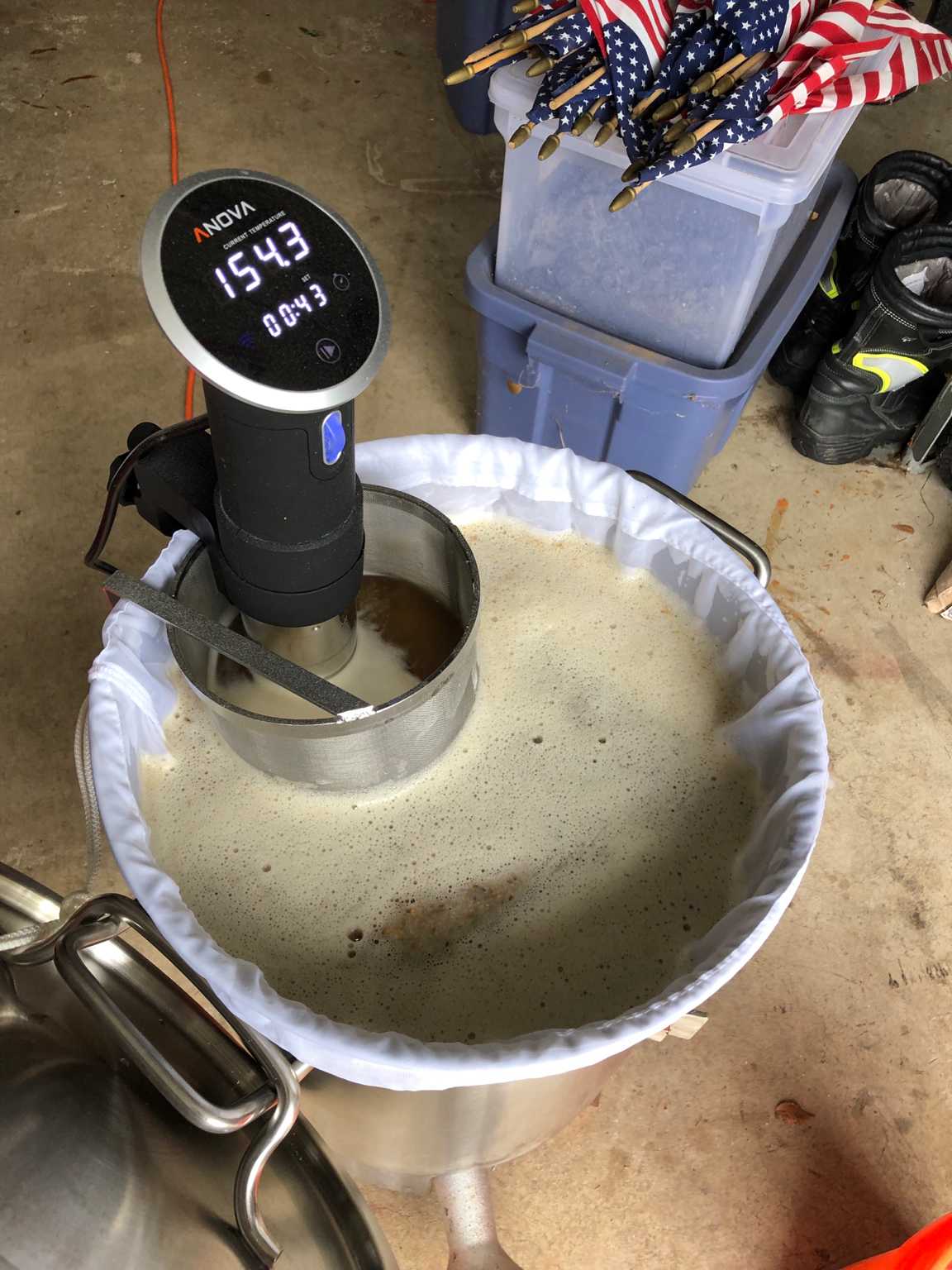luckybeagle
Making sales and brewing ales.
Howdy,
This may be a dumb question, but I'm curious why people would go through the effort of setting up a RIMS or a HERMS system when 10 gallon igloo coolers hold temperature during the mash so well? I understand them for a setup that only has steel kettles, or something larger than 10 gallons, but what would the benefit be in setting up one if you already are planning to use super insulating igloo/rubbermaid coolers?
This may be a dumb question, but I'm curious why people would go through the effort of setting up a RIMS or a HERMS system when 10 gallon igloo coolers hold temperature during the mash so well? I understand them for a setup that only has steel kettles, or something larger than 10 gallons, but what would the benefit be in setting up one if you already are planning to use super insulating igloo/rubbermaid coolers?



 I think back to all those brews I made with my homemade bucket in a bucket, a sleeping bag, a big fat canning pot, and dumpy old fermenting bucket! Plus there was the home built racking cane, the old fashioned bottles with caps, and the ever sketchy supply of good ingredients! Its a miracle I was not poisoned!!!!!!!!!! Why the oxidation poisoning, and temperature fluctuation toxicity must have been horrendous. What's worst of all is that so many of them stone aged brews were actually REALLY REALLY tasty!!!!! Thankfully, I have a wide range of much more technical gadgetry today - including my HERMS set up. I still break out my coolers when the weather is nice though. I love beer making!
I think back to all those brews I made with my homemade bucket in a bucket, a sleeping bag, a big fat canning pot, and dumpy old fermenting bucket! Plus there was the home built racking cane, the old fashioned bottles with caps, and the ever sketchy supply of good ingredients! Its a miracle I was not poisoned!!!!!!!!!! Why the oxidation poisoning, and temperature fluctuation toxicity must have been horrendous. What's worst of all is that so many of them stone aged brews were actually REALLY REALLY tasty!!!!! Thankfully, I have a wide range of much more technical gadgetry today - including my HERMS set up. I still break out my coolers when the weather is nice though. I love beer making!

